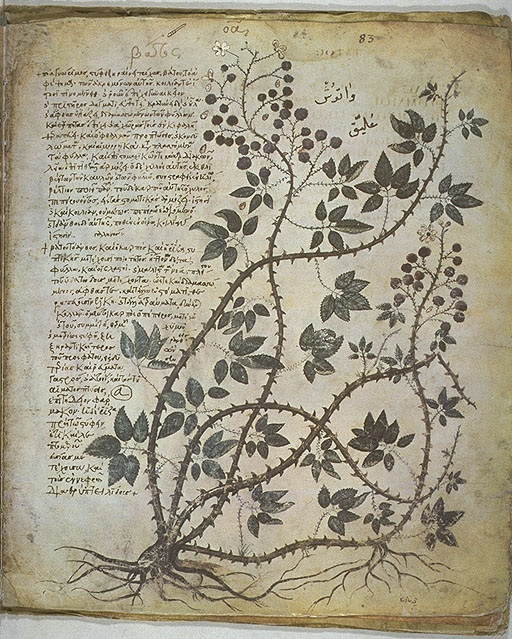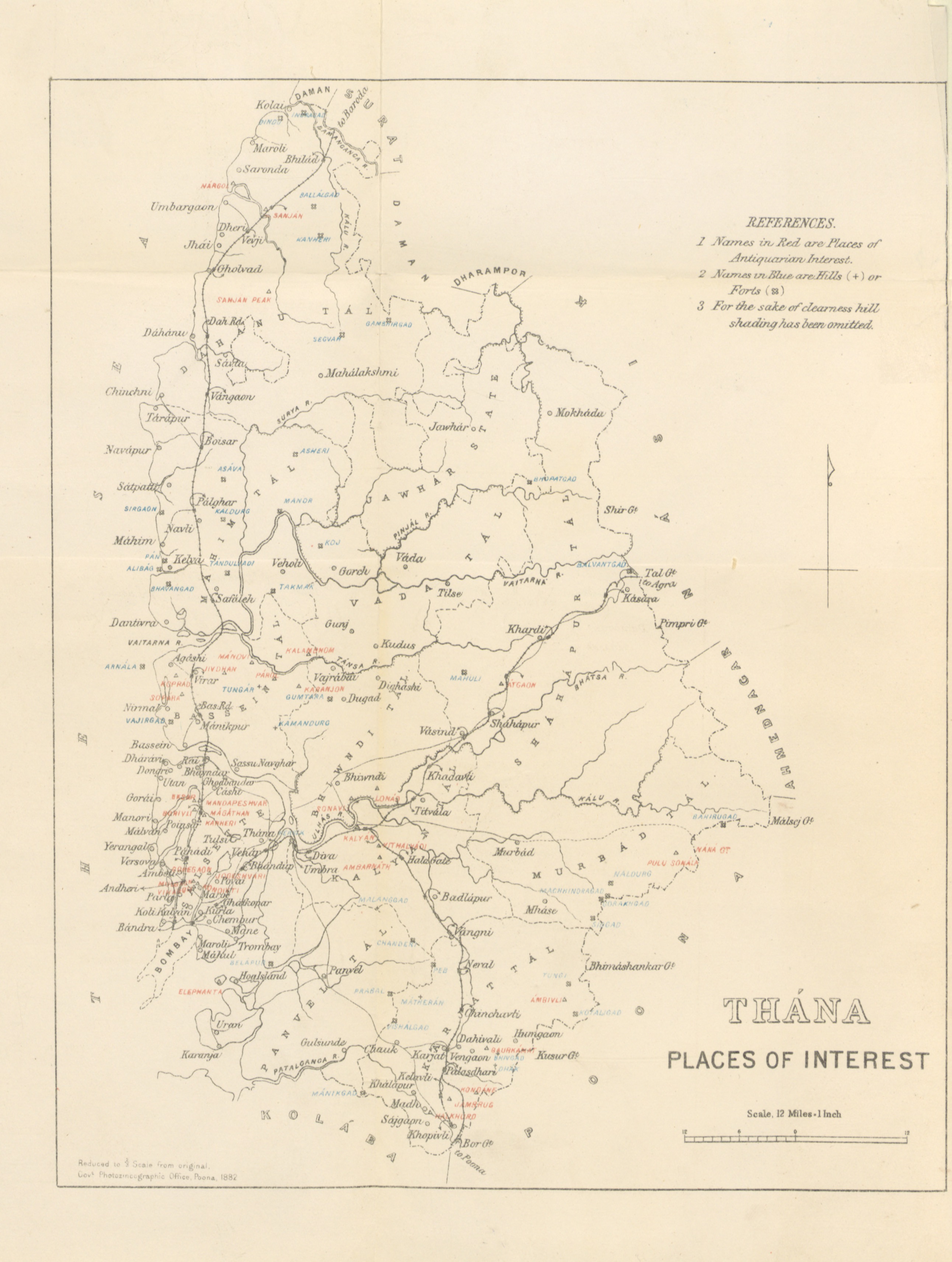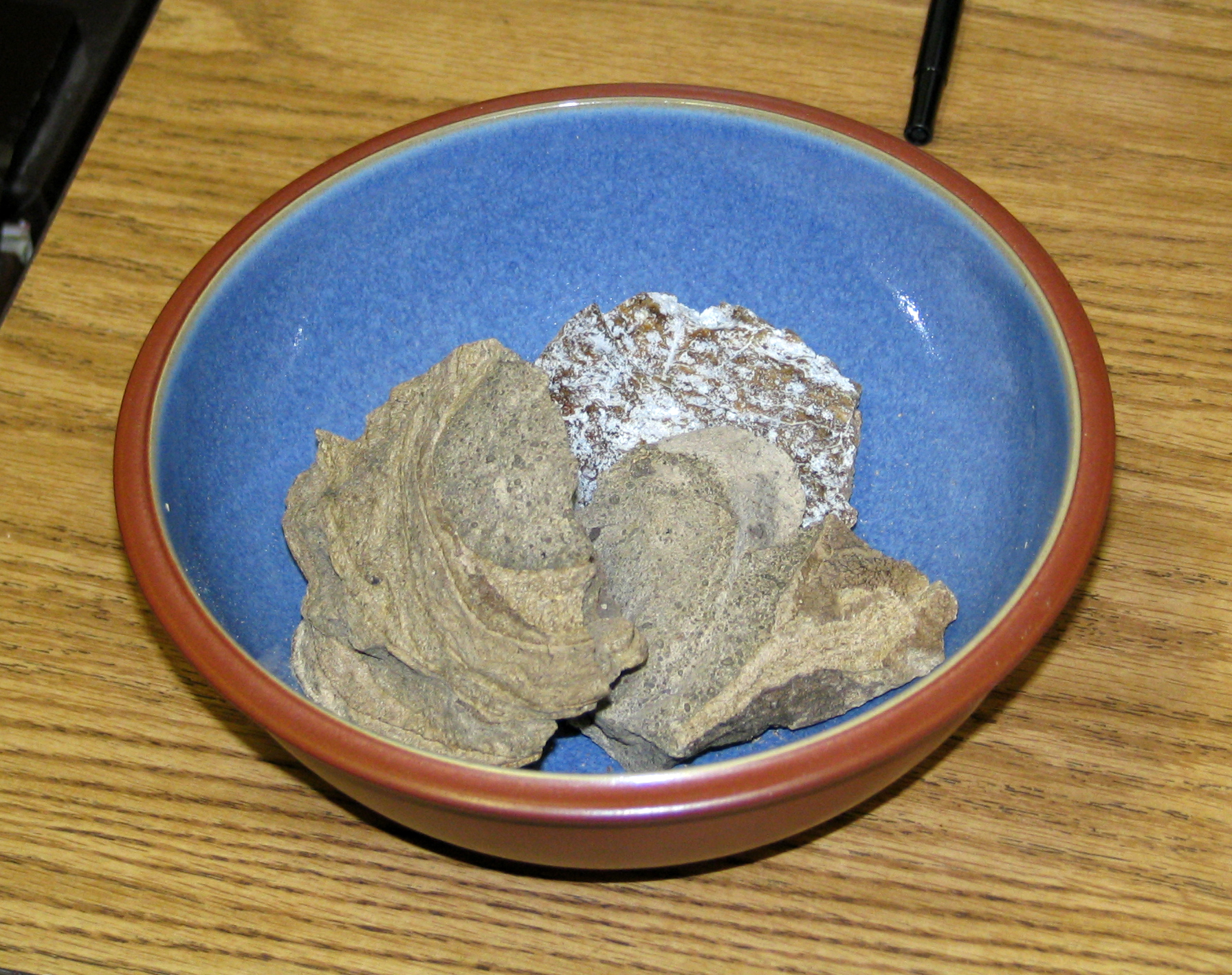|
Tabasheer
Tabasheer ( Hindustani: तबाशीर or طباشیر) or ''Banslochan'' (बंसलोचन, بنسلوچن), also spelt as Tabachir or Tabashir, is a translucent white substance, composed mainly of silica and water with traces of lime and potash, obtained from the nodal joints of some species of bamboo. It is part of the pharmacology of the traditional Ayurvedic and Unani systems of medicine of the Indian subcontinent. It is also an ingredient in many traditional Iranian and traditional Chinese medicines. Purported benefits Tabasheer is claimed to provide a variety of health benefits. It is variously regarded as an antipyretic, antispasmodic, antiparalytic, restorative and aphrodisiac. Varieties Tabasheer that has a blueish tint (usually called ''neel'' or ''neelkanth'') is considered superior to tabasheer that has the "more plain" yellow or white color. Extraction Not all bamboo stems contain tabasheer. Likely candidates are found by shaking bamboo stems, which can ... [...More Info...] [...Related Items...] OR: [Wikipedia] [Google] [Baidu] |
Hindustani Language
Hindustani is an Indo-Aryan language spoken in North India and Pakistan as the lingua franca of the region. It is also spoken by the Deccani people, Deccani-speaking community in the Deccan plateau. Hindustani is a pluricentric language with two Standard language, standard Register (sociolinguistics), registers, known as Hindi (Sanskritisation (linguistics), Sanskritised register written in the Devanagari script) and Urdu (Persianization, Persianized and Arabization, Arabized register written in the Perso-Arabic script) which serve as official languages of India and Pakistan, respectively. Thus, it is also called Hindi–Urdu. Colloquial registers of the language fall on a spectrum between these standards. In modern times, a third variety of Hindustani with significant English influences has also appeared, which is sometimes called Hinglish or Urdish.Salwathura, A. N.Evolutionary development of ‘hinglish’language within the Indian sub-continent. ''International Journal ... [...More Info...] [...Related Items...] OR: [Wikipedia] [Google] [Baidu] |
Paralysis
Paralysis (: paralyses; also known as plegia) is a loss of Motor skill, motor function in one or more Skeletal muscle, muscles. Paralysis can also be accompanied by a loss of feeling (sensory loss) in the affected area if there is sensory damage. In the United States, roughly 1 in 50 people have been diagnosed with some form of permanent or transient paralysis. The word "paralysis" derives from the Greek language, Greek παράλυσις, meaning "disabling of the nerves" from παρά (''para'') meaning "beside, by" and λύσις (''lysis'') meaning "making loose". A paralysis accompanied by involuntary tremors is usually called "palsy". Causes Paralysis is most often caused by damage in the nervous system, especially the spinal cord. Other major causes are stroke, Physical trauma, trauma with nerve injury, poliomyelitis, cerebral palsy, peripheral neuropathy, Parkinson's disease, ALS, botulism, spina bifida, multiple sclerosis and Guillain–Barré syndrome. Incidents th ... [...More Info...] [...Related Items...] OR: [Wikipedia] [Google] [Baidu] |
Bamboo
Bamboos are a diverse group of mostly evergreen perennial plant, perennial flowering plants making up the subfamily (biology), subfamily Bambusoideae of the grass family Poaceae. Giant bamboos are the largest members of the grass family, in the case of ''Dendrocalamus sinicus'' having individual stalks (Culm (botany), culms) reaching a length of , up to in thickness and a weight of up to . The internodes of bamboos can also be of great length. ''Kinabaluchloa, Kinabaluchloa wrayi'' has internodes up to in length. and ''Arthrostylidium schomburgkii'' has internodes up to in length, exceeded in length only by Cyperus papyrus, papyrus. By contrast, the stalks of the tiny bamboo Raddiella, ''Raddiella vanessiae'' of the savannas of French Guiana measure only in length by about in width. The origin of the word "bamboo" is uncertain, but it most likely comes from the Dutch language, Dutch or Portuguese language, Portuguese language, which originally borrowed it from Malay langua ... [...More Info...] [...Related Items...] OR: [Wikipedia] [Google] [Baidu] |
Sanskrit
Sanskrit (; stem form ; nominal singular , ,) is a classical language belonging to the Indo-Aryan languages, Indo-Aryan branch of the Indo-European languages. It arose in northwest South Asia after its predecessor languages had Trans-cultural diffusion, diffused there from the northwest in the late Bronze Age#South Asia, Bronze Age. Sanskrit is the sacred language of Hinduism, the language of classical Hindu philosophy, and of historical texts of Buddhism and Jainism. It was a lingua franca, link language in ancient and medieval South Asia, and upon transmission of Hindu and Buddhist culture to Southeast Asia, East Asia and Central Asia in the early medieval era, it became a language of religion and high culture, and of the political elites in some of these regions. As a result, Sanskrit had a lasting effect on the languages of South Asia, Southeast Asia and East Asia, especially in their formal and learned vocabularies. Sanskrit generally connotes several Indo-Aryan languages# ... [...More Info...] [...Related Items...] OR: [Wikipedia] [Google] [Baidu] |
Nero
Nero Claudius Caesar Augustus Germanicus ( ; born Lucius Domitius Ahenobarbus; 15 December AD 37 – 9 June AD 68) was a Roman emperor and the final emperor of the Julio-Claudian dynasty, reigning from AD 54 until his death in AD 68. Nero was born at Antium in AD 37, the son of Gnaeus Domitius Ahenobarbus (father of Nero), Gnaeus Domitius Ahenobarbus and Agrippina the Younger (great-granddaughter of the emperor Augustus). Nero was three when his father died. By the time Nero turned eleven, his mother married Emperor Claudius, who then Adoption in ancient Rome, adopted Nero as his heir. Upon Claudius' death in AD 54, Nero ascended to the throne with the backing of the Praetorian Guard and the Senate. In the early years of his reign, Nero was advised and guided by his mother Agrippina, his tutor Seneca the Younger, and his praetorian prefect Sextus Afranius Burrus, but sought to rule independently and rid himself of restraining influences. The power ... [...More Info...] [...Related Items...] OR: [Wikipedia] [Google] [Baidu] |
Greek People
Greeks or Hellenes (; , ) are an ethnic group and nation native to Greece, Cyprus, southern Albania, Anatolia, parts of Italy and Egypt, and to a lesser extent, other countries surrounding the Eastern Mediterranean and Black Sea. They also form a significant diaspora (), with many Greek communities established around the world.. Greek colonies and communities have been historically established on the shores of the Mediterranean Sea and Black Sea, but the Greek people themselves have always been centered on the Aegean and Ionian seas, where the Greek language has been spoken since the Bronze Age.. Until the early 20th century, Greeks were distributed between the Greek peninsula, the western coast of Asia Minor, the Black Sea coast, Cappadocia in central Anatolia, Egypt, the Balkans, Cyprus, and Constantinople. Many of these regions coincided to a large extent with the borders of the Byzantine Empire of the late 11th century and the Eastern Mediterranean areas of ancient Gr ... [...More Info...] [...Related Items...] OR: [Wikipedia] [Google] [Baidu] |
Pedanius Dioscorides
Pedanius Dioscorides (, ; 40–90 AD), "the father of pharmacognosy", was a Greek physician, pharmacologist, botanist, and author of (in the original , , both meaning "On Medical Material") , a 5-volume Greek encyclopedic pharmacopeia on herbal medicine and related medicinal substances, that was widely read for more than 1,500 years. For almost two millennia Dioscorides was regarded as the most prominent writer on plants and plant drugs. Life A native of Anazarbus, Cilicia, Asia Minor, Dioscorides likely studied medicine nearby at the school in Tarsus, which had a pharmacological emphasis, and he dedicated his medical books to Laecanius Arius, a medical practitioner there. Though he writes he lived a "soldier's life" or "soldier-like life", his pharmacopeia refers almost solely to plants found in the Greek-speaking eastern Mediterranean, making it likely that he served in campaigns, or travelled in a civilian capacity, less widely as supposed. The name Pedanius is Roman, ... [...More Info...] [...Related Items...] OR: [Wikipedia] [Google] [Baidu] |
Thane
Thane (; previously known as Thana, List of renamed Indian cities and states#Maharashtra, the official name until 1996) is a metropolitan city located on the northwestern side of the list of Indian states, state of Maharashtra in India and on the northeastern side of Mumbai. It is an immediate neighbour of Mumbai city proper, and a part of the Mumbai Metropolitan Region. It is situated in the north-eastern portion of the Salsette Island. Thane city is situated entirely within Thane taluka, one of the seven talukas of Thane district. It serves as the headquarters of the district. Thane city ranks as the 15th most populous city in India, with a population of 1,890,000 according to the 2011 census. Etymology and other names The ancient name of Thana was . It appears as in early medieval Arab sources. The name Thane has been variously Romanised as Tana, Thana, Thâṇâ, and Thame. Ibn Battuta and Abulfeda knew it as KukinTana; Duarte Barbosa as TanaMayambu. Before Renaming of ... [...More Info...] [...Related Items...] OR: [Wikipedia] [Google] [Baidu] |
Adivasi
The Adivasi (also transliterated as Adibasi) are heterogeneous tribal groups across the Indian subcontinent. The term is a recent invention from the 20th century and is now widely used as a self-designation by groups classified as Scheduled Tribes by the Indian government. They are officially recognized as " Scheduled Tribes" in India and as " Ethnic Minorities" in Bangladesh. They comprise 8.6% of India's population and 1.1% of Bangladesh's; or 104.2 million in India, according to the 2011 census, and 2 million in Bangladesh according to the 2010 estimate. Claiming to be among the original inhabitants of the Indian subcontinent, many present-day Adivasi communities formed during the flourishing period of the Indus Valley Civilization or after the decline of the IVC, harboring various degrees of ancestry from ancient Dravidians, Indus Valley Civilization, Indo-Aryan, Austroasiatic and Tibeto-Burman language speakers. Adivasi studies is a new scholarly field, ... [...More Info...] [...Related Items...] OR: [Wikipedia] [Google] [Baidu] |
Aphrodisiac
An aphrodisiac is a substance that increases libido, sexual desire, sexual attraction, sexual pleasure, or sexual behavior. These substances range from a variety of plants, spices, and foods to synthetic chemicals. Natural aphrodisiacs, such as cannabis (drug), cannabis or cocaine, are classified into plant-based and non-plant-based substances. Synthetic aphrodisiacs include MDMA and methamphetamine. Aphrodisiacs can be classified by their type of effects (psychological or physiological). Aphrodisiacs that contain hallucinogenic properties, such as bufotenin, have psychological effects that can increase sexual desire and sexual pleasure. Aphrodisiacs that have smooth muscle relaxing properties, such as yohimbine, have physiological effects that can affect hormone concentrations and increase blood flow. Substances that have the opposite effects on libido are called anaphrodisiacs. Aphrodisiac effects can also be due to the Placebo, placebo effect. Both males and females can po ... [...More Info...] [...Related Items...] OR: [Wikipedia] [Google] [Baidu] |
Healing
With physical trauma or disease suffered by an organism, healing involves the repairing of damaged tissue(s), organs and the biological system as a whole and resumption of (normal) functioning. Medicine includes the process by which the cells in the body regenerate and repair to reduce the size of a damaged or necrotic area and replace it with new living tissue. The replacement can happen in two ways: by ''regeneration'' in which the necrotic cells are replaced by new cells that form "like" tissue as was originally there; or by ''repair'' in which injured tissue is replaced with scar tissue. Most organs will heal using a mixture of both mechanisms. Within surgery, healing is more often referred to as recovery, and postoperative recovery has historically been viewed simply as restitution of function and readiness for discharge. More recently, it has been described as an energy‐requiring process to decrease physical symptoms, reach a level of emotional well‐being, regain ... [...More Info...] [...Related Items...] OR: [Wikipedia] [Google] [Baidu] |
Antispasmodic
An antispasmodic (synonym: spasmolytic) is a pharmaceutical drug or other agent that suppresses muscle spasms. Smooth muscle spasm One type of antispasmodics is used for smooth muscle relaxation, especially in tubular organs of the gastrointestinal tract. The effect is to prevent spasms of the stomach, intestine or urinary bladder. Both dicyclomine and hyoscyamine are antispasmodic due to their anticholinergic action. Both of these drugs have side effects common to anticholinergics and can worsen gastroesophageal reflux disease (GERD). Papaverine is an opium alkaloid used to treat visceral spasms, particularly those of the intestines. Mebeverine is a papaverine analog and spasmolytic with a strong and selective action on the smooth muscles of the gastrointestinal tract, particularly of the colon. Despite being anticholinergic, it does not have the systemic anticholinergic side effects seen in other such drugs. Peppermint oil has been traditionally used as an antispasmodic, and a r ... [...More Info...] [...Related Items...] OR: [Wikipedia] [Google] [Baidu] |








